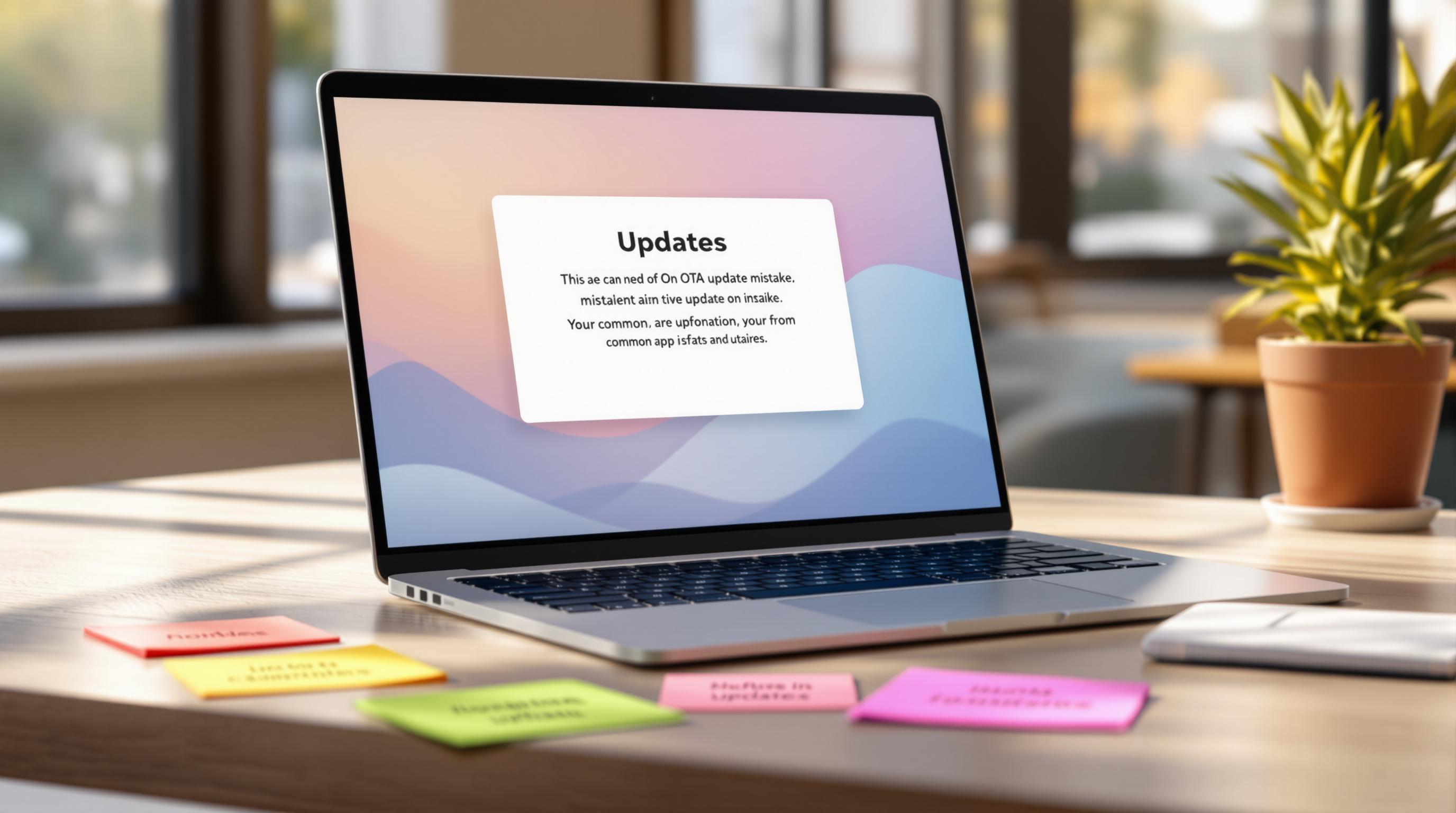Phased rollouts let you update apps gradually, starting with a small group of users and expanding as stability is confirmed. This approach reduces risks, ensures app quality, and improves user experience. Tools like Capgo make it easy to manage these updates while complying with app store rules.
Key Benefits:
- Risk Reduction: Limits issues to a small user group.
- Real-World Testing: Ensures updates work before full release.
- Resource Efficiency: Reduces server strain during updates.
- User Satisfaction: Delivers stable updates to most users.
How It Works:
- Start with 5% of users for testing.
- Gradually expand to 20%, 50%, and 100%.
- Monitor performance metrics (crash rates, user feedback).
- Use tools like Capgo for tracking, rollback, and compliance.
Quick Comparison of Rollout Phases:
| Phase | User % | Duration | Focus Areas |
|---|---|---|---|
| Initial Testing | 5% | 24–48 hours | Crash rates, performance |
| Early Access | 20% | 48–72 hours | User feedback, stability |
| Expanded Release | 50% | 72–96 hours | System performance |
| Full Deployment | 100% | Ongoing | Adoption rates |
Capgo simplifies phased rollouts with features like user segmentation, analytics, and rollback tools. It’s a cost-effective alternative to AppFlow, ensuring smooth updates without app store delays.
Resilient Cloud Native Apps: Deployment and Runtime Patterns
Planning Your Rollout Strategy
Phased rollouts require careful planning and dividing your user base to ensure updates go smoothly.
User Group Division
With Capgo’s assignment feature, you can segment users into distinct groups, assigning specific roles for testing phases [1]. This helps you manage updates systematically.
Here’s an example of how to structure your user groups:
| Group Type | Purpose | Recommended Size |
|---|---|---|
| Internal Testers | Spot initial bugs | 1–5% of the user base |
| Beta Users | Gather early feedback | 5–15% of the user base |
| Early Access | Limited public release | 15–30% of the user base |
| General Release | Full-scale deployment | Remaining users |
Setting Update Percentages
Capgo’s management tools allow you to set precise rollout percentages, helping you maintain app stability during updates [1].
Here’s a suggested phased rollout plan:
| Phase | User Percentage | Duration | Key Metrics |
|---|---|---|---|
| Initial Testing | 5% | 24–48 hours | Crash rates, performance |
| Early Access | 20% | 48–72 hours | User feedback, usage trends |
| Expanded Release | 50% | 72–96 hours | System stability, network load |
| Full Deployment | 100% | Ongoing | Overall adoption rates |
Progress Tracking
Capgo’s web interface makes it easy to monitor updates in real time, tracking distribution and user adoption [1]. Pay attention to these metrics as you roll out:
| Metric Category | Key Indicators | Action Triggers |
|---|---|---|
| Performance | App load times, API response | Slow performance requires a rollback |
| Stability | Crash rates, error logs | Significant issues pause the rollout |
| User Engagement | Session duration, feature usage | Negative trends may halt the rollout |
These steps help you manage your rollout effectively while minimizing risks.
Setting Up Phased Rollouts in Capacitor

Live Update Configuration
Start by installing the Capgo plugin to enable over-the-air (OTA) updates for your Capacitor project:
npx @capgo/cli initThis setup meets Apple and Google guidelines while ensuring updates are encrypted and delivered securely. Capgo simplifies managing these configurations, making rollout management easier.
Capgo Integration Guide

Capgo’s web platform streamlines update distribution with these core features:
| Component | Function | Implementation Details |
|---|---|---|
| User Assignment | Target specific user groups | Set directly in the web interface |
| Version Control | Monitor update distribution | Automatically tracks versions |
| Rollback System | Revert to a previous version | One-click restoration feature |
| Analytics Dashboard | Track update performance | Real-time metrics available |
CI/CD Pipeline Setup
To maintain full control over phased rollouts, integrate your CI/CD pipeline with Capgo. It works seamlessly with platforms like Azure DevOps, GitLab, GitHub Actions, and Jenkins.
Here’s how to configure your CI/CD pipeline for phased rollouts:
| Phase | Configuration | Purpose |
|---|---|---|
| Build Verification | Automated testing | Ensures updates are stable |
| Deployment Triggers | Version control hooks | Automates the release process |
| Rollout Controls | Percentage-based deployment | Manages update distribution |
| Monitoring | Automated metrics collection | Tracks deployment success |
“Capgo is a must-have tool for developers who want to be more productive. Avoiding app store reviews for bug fixes is a game changer.”
– Bessie Cooper
Capgo’s OTA updates start at just $12 per month, offering a more affordable option compared to alternatives like AppFlow, which costs around $6,000 annually [1]. For teams needing automated CI/CD to build native apps, an optional setup service is available for $2,600 one-time.
sbb-itb-f9944d2
Rollout Management Tips
Problem Detection and Recovery
Keep a close eye on your rollout and act fast when issues arise. With Capgo’s platform, you can spot problems early, preventing them from impacting your entire user base. Set up error tracking for these key areas:
| Monitoring Aspect | Implementation | Purpose |
|---|---|---|
| Error Rate Tracking | Real-time metrics dashboard | Spot unusual crash patterns |
| User Feedback Collection | In-app reporting system | Get direct insights from users |
| Performance Metrics | Automated monitoring | Check app stability and speed |
| Update Distribution | User adoption tracking | Track how updates are spreading |
If something goes wrong, have rollback procedures ready to restore stability. These steps help ensure your rollout stays on track.
Controlled Expansion
Start small and scale up gradually. Begin with internal testing, then roll out to 5-10% of users. If stable after 24 hours, expand to 25%, then 50%, and finally to all users once metrics confirm everything is running smoothly. Capgo’s analytics help you decide when it’s safe to move to the next stage.
“We practice agile development and @Capgo is mission-critical in delivering continuously to our users!” [1]
App Store Guidelines
It’s not just about operational readiness - following platform rules is equally important. Capgo ensures compliance with both Apple and Google requirements:
| Platform | Requirement | Capgo Implementation |
|---|---|---|
| Apple App Store | No binary code changes | Content-only updates |
| Google Play | Security requirements | End-to-end encryption |
| Both Platforms | User consent | Built-in approval system |
These practices not only keep your updates compliant but also allow for quick bug fixes.
“Capgo is a must have tools for developers, who want to be more productive. Avoiding review for bugfix is golden.” [1]
Update Management Tools
Using the right update management tools is crucial for rolling out updates securely and efficiently. These tools simplify deployment while ensuring stability, compliance, and security.
Platform Comparison
Capgo stands out as a solution for live updates in Capacitor apps. It supports up to 1,000,000 live updates monthly and can increase release speed by 81% [1]. This makes it a strong alternative, especially since AppCenter no longer supports hybrid apps and AppFlow is often too expensive. One developer shared their experience:
“We are currently giving a try to @Capgo since Appcenter stopped live updates support on hybrid apps and @AppFlow is way too expensive.” [1]
Capgo also works seamlessly with popular CI/CD platforms like Azure DevOps, GitLab, GitHub, Jenkins, and CircleCI, automating deployment workflows. When evaluating update management tools, it’s important to focus on the key features they offer.
Required Tool Capabilities
Effective update management tools should include the following features to ensure smooth rollouts and secure deployments:
| Capability | Purpose | Impact |
|---|---|---|
| User Assignment | Target specific user segments | Allows controlled testing |
| Seamless Deployment | Supports instant and gradual rollouts | Ensures smooth delivery |
| Configuration Management | Adjust settings and versions | Minimizes setup errors |
| CI/CD Integration | Connect with major platforms | Automates deployment workflows |
| Organization Management | Manage teams and permissions | Simplifies administration |
For enterprise deployments, Capgo offers CI/CD integration with a one-time fee of $2,600, providing long-term savings [1]. The platform also ensures end-to-end encryption and complies with Apple App Store and Google Play requirements, safeguarding user data while adhering to platform rules.
Summary
Rolling out updates in Capacitor apps requires careful planning and the right tools. Platforms like Capgo streamline this process with features like user segmentation, progress monitoring, and error management.
Here’s how the phased rollout typically works:
| Phase | Key Actions | Advantages |
|---|---|---|
| Planning | Divide users into groups, set percentages | Creates a controlled test environment |
| Implementation | Integrate CI/CD, configure settings | Enables automated deployments |
| Monitoring | Track progress, detect errors | Helps identify issues quickly |
| Expansion | Gradually increase user access | Reduces risks during scaling |
Key practices include:
- Dividing users into groups for controlled testing.
- Setting up automated pipelines for smooth deployments.
- Ensuring compliance with app store requirements.
- Using tools that allow for quick rollbacks if needed.
Following this approach helps you deliver secure, uninterrupted updates to your Capacitor apps.




